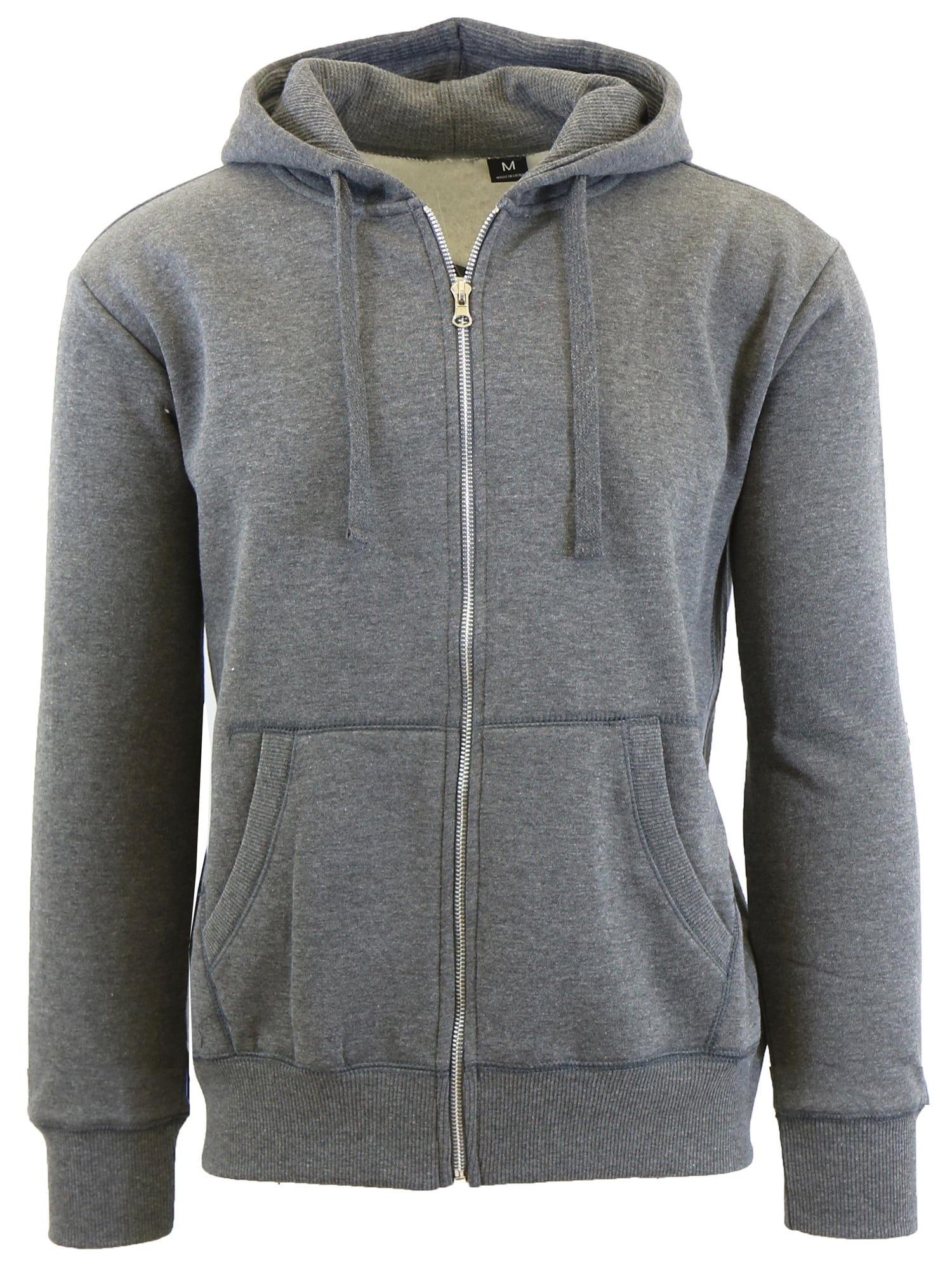Sweatshirts are long-sleeved pullover garments made of thick cotton cloth. They are usually worn as casual clothing and aren't as formal as sweater s or cardigans. They may not have the hood. If you are interested in buying a sweatshirt , here are some suggestions:
The appeal of Norma Kamali was spread by the use of sweatshirts
Since the mid-70s In the late '70s, Norma Kamali has transformed the basic sweatshirt into an art. Her designs are now an integral part of almost all women's wardrobes. Her distinctive designs vary from a tummy-tucking crew neck , to leather paneled sweatshirts. She also has created clothes in unusual designs, like an oversized tank top that has an extended trumpet skirt.
A partnership of the designers and sweatshirt manufacturer Everlast led to her Timeless line, which was extremely popular when it was featured in Spiegel's spring 2006 catalog. The collection was made up of convertible and interchangeable knits in classic shapes and a lot of pieces were priced under $20. Even if Norma Kamali's Timeless collection wasn't available in stores, buyers could still find these designs on eBay and Poshmark.
Merino wool sweatshirts are more comfortable than sweatshirts made of soft wool.
Merino wool is renowned for its ability to wick moisture away, which helps to keep you comfortable and dry. It is a natural fibre that also has a smoother feel. It also drys quickly in comparison to other natural materials. Furthermore, merino is a sustainable resource. Merino sheep shed their coats each year, and then grow new ones.
Merino's weight-to-heat ratio is high, and the warmth of wool is one of the reasons it's popular for sweatshirts. It assists in regulating body temperature thanks to its loft that naturally traps heat between the fibers. This is the reason Merino wool sweatshirts work ideal for outdoor and summer activities such as mountain biking, hiking, and running. The warmth they provide helps keep the wearer comfortable and dry. This is crucial when exercising.
Zip-front hoodies have kangaroo pocket
Kangaroo pocket hoodies are a popular style of hoodies. They feature a big pocket in the front, which keeps your hands warm on cold days. They're additionally more practical than conventional pockets, since they allow your hands to slide in and out easily.
Kangaroo pockets are usually large enough to hold the wallet, or other small items for personal use. They are commonly big enough to hold the palm of a hand that is small or even large enough to accommodate two hands. They have wide openings on either side , and are ideal for carrying small items.
French Terry fabric is a very popular material for sweatshirts.
The French terry fabric is made of soft yarns knit into loops and are typically medium-weight. It is also renowned for its ability to wick moisture and is pre-shrunk. French Terry is a fantastic option for sweatshirts as it will keep you warm when you're in need and helps keep you cool when you need to cool off.
French Terry is also very popular for casual wear, as it has enough stretch and flexibility to feel good when you touch your body. It also allows for enough air to circulate around the fabric, making it perfect for layering under other clothes. In addition, because it's lighter than other sweatshirts you can wear it all through the year without feeling too either cold or hot.
Hoodies can be classist.
While it may seem that hoodies are an appropriate clothing item for working class people but the truth is that they carry classist connotations. sweat shirts was first seen in the 1970s , in New York, where graffiti artists wore them to hide their identities. In 1976 the hoodies made their big film debut in "Rocky," when the working-class title character wore grey sweats with hoods during his memorable climb to the top of the Philadelphia Museum of Art.
Hoodies are usually associated with destruction, death and other unpleasant things, but they also serve practical purposes. For instance, priests and monks can wear hoods to demonstrate modesty and inward focus.

